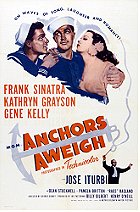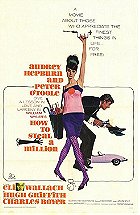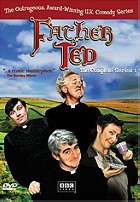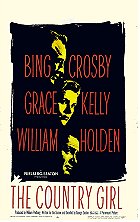Anchors Aweigh is the first film of the Frank Sinatra-Gene Kelly trilogy, tapping into the odd fascination the classic Hollywood musical had with sailors. It wouldn’t be the last time Kelly or Sinatra would play a sailor and what an underrated comedic duo they are. Gene Kelly is so loveably egocentric, constantly lying about his exploits with dames and rubbing the fact that he got ship leave in his comrades’ faces, so much so that he sings a musical number about it - the interactions he shares with Sinatra are priceless. If the accounts are to be believed, reportedly Kelly was known in real life for being a control freak and getting his own way, so I wonder how much of his personality is reflective in this performance. Frank Sinatra is largely the opposite of Kelly, girl shy and completely gawky, a stark contrast to what he later became; he sure toughened up over time.
Anchors Aweigh came around the beginning of a new era of film musicals, at a time when the genre became almost exclusively one filmed in colour and as the distinctive style of the MGM musical took off, separating them from the likes of the Astaire & Rodgers musicals of the past. Unlike Fred Astaire, Gene Kelly was “off the people”, usually playing commoners on screen. Fred Astaire did play a sailor in Follow the Fleet but no doubt Gene Kelly suits the role better. Perhaps the film’s greatest highlight is Gene Kelly dancing with Jerry of Tom & Jerry fame. It might not be as technically advanced or as smoothly animated as later live-action/animation hybrids but it’s one of the most awe-inspiring (the animators even make note to include Jerry’s reflection on the floor). The studio originally wanted Disney to allow them use of Mickey Mouse for the number, which seems very hard to believe. The film’s inclusion of some very Disney-looking animated creatures, including two which look suspiciously like Bambi and Thumper, suggests the studio was serious about including Mickey.
The other unique aspect of Anchors Aweigh is the documentary-like look at MGM studios circa 1945 during one portion of the film. A peek inside the dream factory itself, with people in costume, props everywhere and what look like studio workers in suits going about their business. It’s unabashed self-promotion but hey, it’s one entertaining commercial. This use of on-location filming including the scenes as the Hollywood Bowl show shades of what was come several years later in On the Town. I do wish they though could have shown some more of 1945 Hollywood but the sets present in Anchors Aweigh are something to marvel at. Even with the odd background which is clearly two painted backdrops placed side by side with a dividing line clearly visible, the sets create a cartoon-like Technicolor world that you wish real life could look like; just look at that set of the Spanish part of town; such artificial beauty.
The only downside to Anchors Aweigh which prevents it from being a greater film is the runtime and much of this is largely due to the amount of which is spent in the house of Kathryn Grayson’s character; I really started to get sick of the sight of it, especially since the movie takes place in Hollywood and there are places so much more interesting they could be. The characters keep returning to the house several times throughout the movie, which wouldn’t be such a problem if it wasn’t for the large chunk of time that was spent there when they first arrived at it - by far the most frustrating aspect of the film. Thankfully the good outweighs the bad and the good isn’t just good, it’s amazingly good. There’s really no dud musical number present, they’re all so very, very beautiful.
 Login
Login
 Home
Home 249 Lists
249 Lists 118 Reviews
118 Reviews Collections
Collections
 0 comments,
0 comments, 







